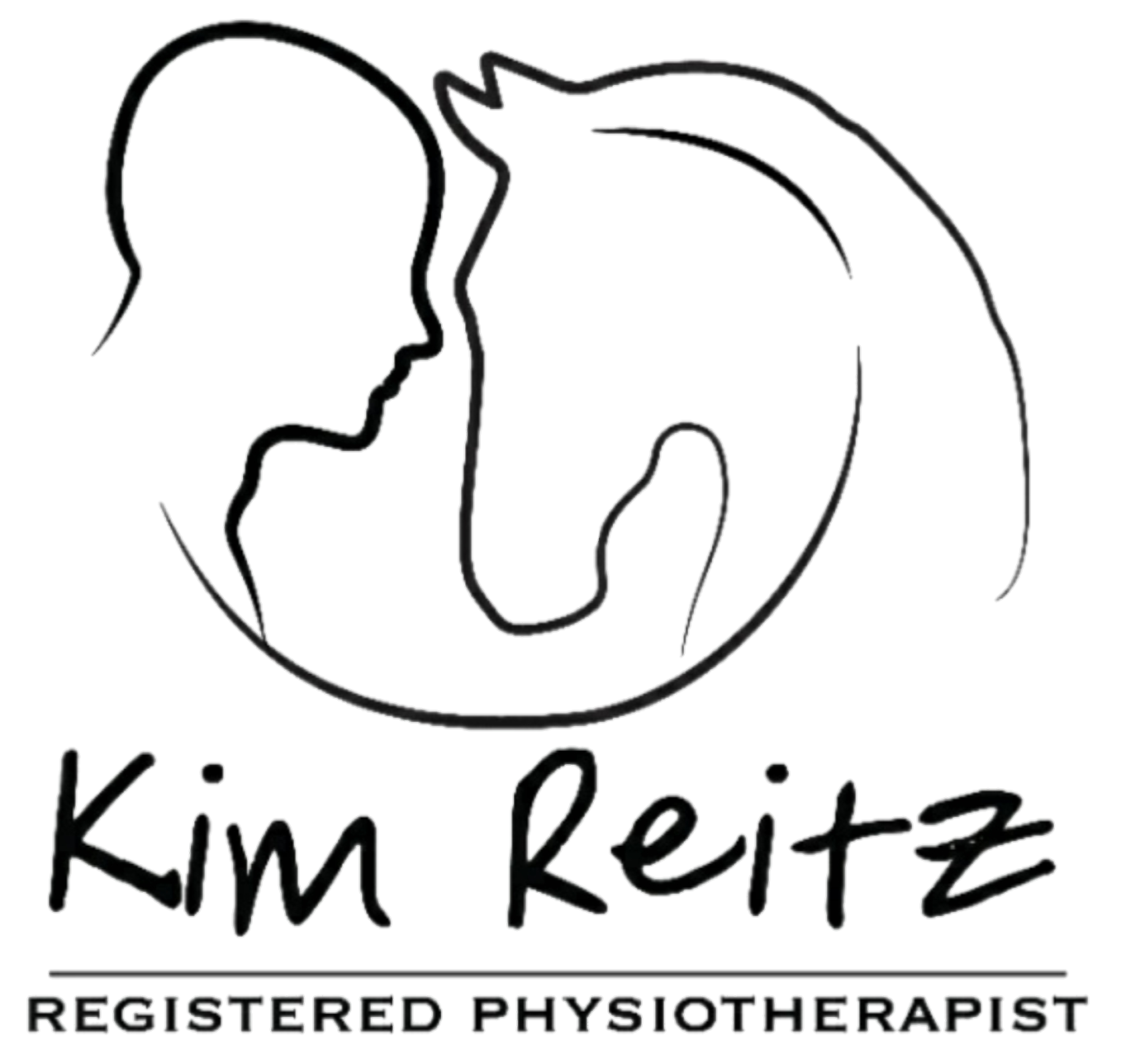
Lower back pain is the result of pathology of the anatomical structures in the area, such as the muscles that support and move the spine, the joints, ligaments, nerves and intervertebral discs of the lumbar spine. Compression or irritation of a spinal nerve root could also cause pain to be referred into either one or both legs. It is often accompanied by muscle spasm which has a protective function, to support injured structures and allow them to heal. Non-specific lower back pain is when no specific cause can be identified, but all the more serious pathologies such as fractures or infection has been ruled out.Chronic lumbar pain is the consequence of adaptations that your body makes to its central nervous system, which increases the sensitivity of the body to stimuli that would not normally be aggravating.
Treatment usually involves a multidisciplinary team of healthcare professionals, to allow you the best chance at recovery with a lessened chance of recurrence. Your GP would be able to provide you with anti-inflammatory and pain medication, which would help to speed up healing. A physiotherapist, who is also a first-line practitioner, would then assess you and perform certain physical tests to try to isolate the structures at fault. They would then treat the appropriate structures using a combination of soft tissue mobilisation, joint mobilisation, electrotherapy modalities and stretches to encourage healing and return your back to normal mobility and function. This would all form part of the PASSIVE treatment. The physio would then help to retrain your stabilising muscles by giving you a home exercise program to continue with. This forms part of the ACTIVE treatment. They would also advise you on how to avoid recurrent episodes of back pain.
If indicated, the physio or GP could also refer you for x-rays or to an orthopaedic specialist. Conservative treatment is usually the treatment of choice as surgical treatment can often have complications, and should be a last resort.
If you are suffering from lower back pain, don’t ignore it. Make an appointment to see your physiotherapist or GP if needed, and remember to avoid long periods of inactivity as this just makes the back stiffen up even more!
Photo created by rawpixel.com – http://www.freepik.com
